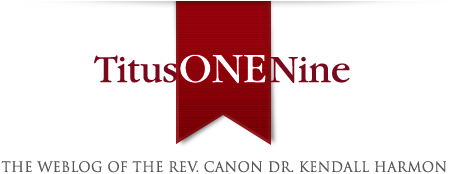At Carnegie Hall in 1952, Buber gave a lecture titled “Hope for this Hour.” His goal was to give an honest assessment of life during the escalating Cold War. He announced, “The human world is today, as never before, split into two camps, each of which understand the other as the embodiment of falsehood and itself as the embodiment of truth.” Buber does not advocate a centrist position between these two camps, nor does he here weigh in on the disputed points between them. Rather, Buber analyzes how this disagreement over economic philosophies is a site of polarization. He makes three points that are relevant for “this hour” in our social landscape.
First, we need to be critical of the way disagreements are framed. In polarization, Buber says, a person is “more than ever inclined to see his own principle in its original purity and the opposing one in its present deterioration, especially if the forces of propaganda confirm his instincts in order to make better use of them.” He continues, “Expressed in modern terminology, he believes that he has ideas, his opponent only ideologies. This obsession feeds the mistrust that incites the two camps.” Put differently, polarization attenuates critical thinking, making us all too easily satisfied that our commitments are right because they are superior to those of our opponents. We also become less sensitive to distinctions and concerns of the other side, since we think we already know what really motivates their political behavior. Mistrust snowballs, then, as each side believes the other side is intentionally misrepresenting reality. The first thing we need in polarized times, Buber writes, is “criticism of our criticism.” Unless we hold ourselves to a high standard when inferring the motives and concerns of the other side, suspicion will get the better of truth.
Second, we need “individuation,” which means not treating the other side as a monolith but recognizing that each person has unique convictions. This idea is central to Buber’s philosophy of dialogue. One effect of polarization, he argues in “Hope for this Hour,” is the transformation of ordinary mistrust into “massive mistrust.” It is normal and even necessary to treat with suspicion the claims of a person who has shown themselves to be untrustworthy. We should be leery of an individual who has made a pattern of playing fast and loose with the truth. However, any transition from distrusting an unreliable individual to distrusting an opposing camp is not a change of degree but of kind. The other side’s speech becomes guilty until proven innocent. “One no longer merely fears that the other will voluntarily dissemble, but one simply takes it for granted that he cannot do otherwise.” Polarization is not extreme disagreement, but the erosion of the conditions—like trust—necessary for working through disagreement.
